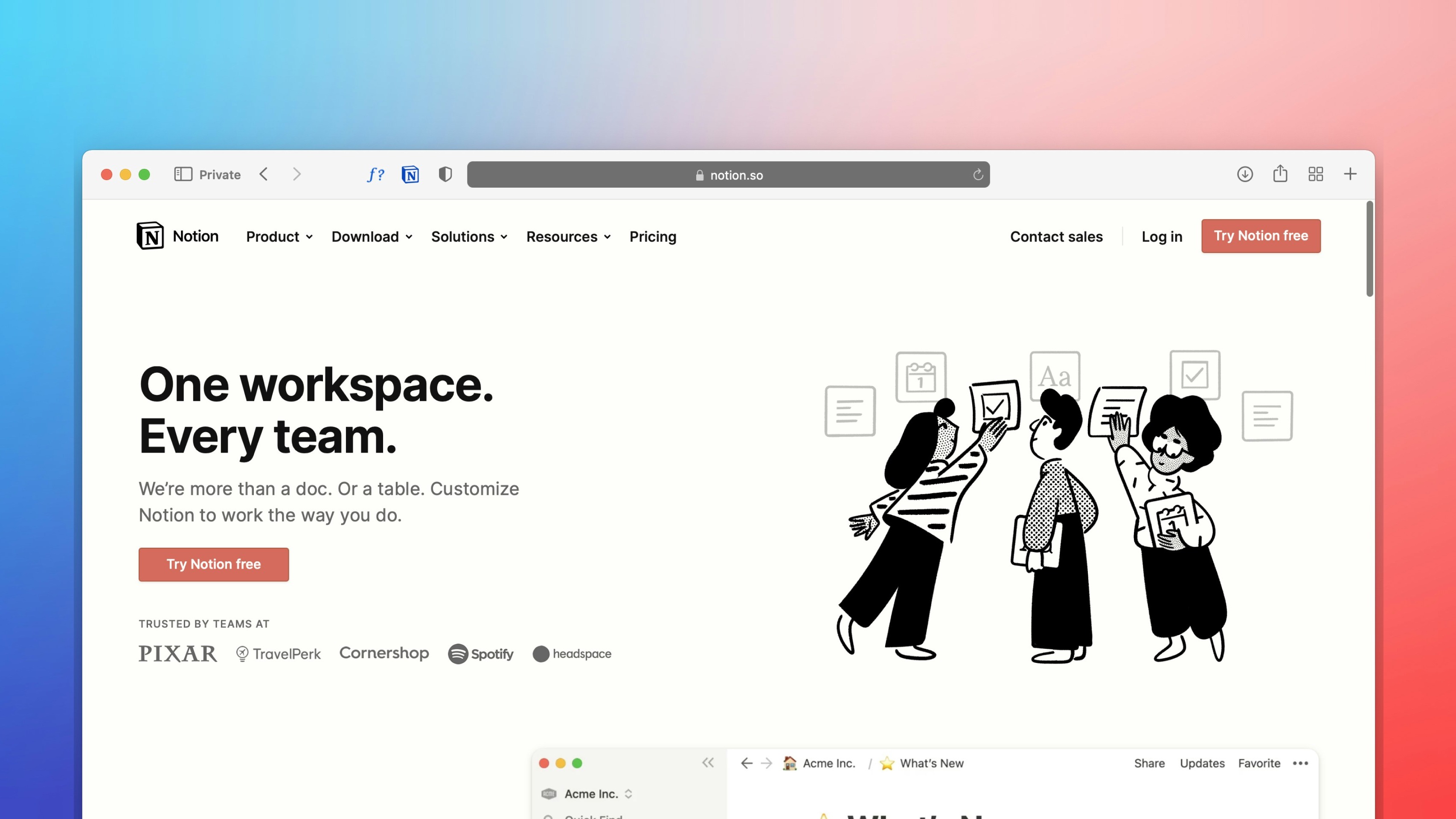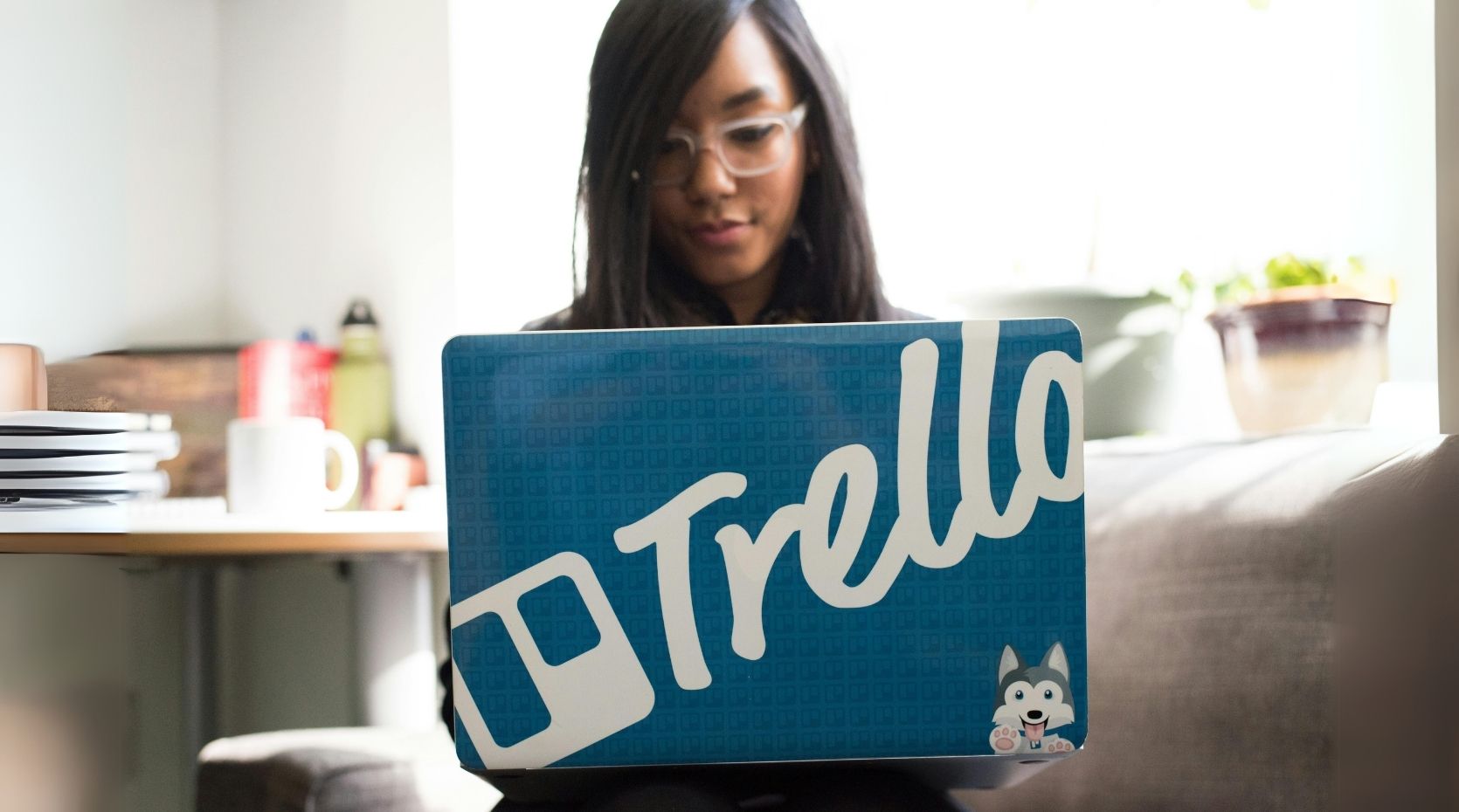 Freelancer tips
Freelancer tips Notion: What It Is, What It’s For, and How to Use It in Your Daily Life
Want to better organize your life and work? Notion can help boost your productivity. Click here to discover what this software is and what it’s used for.



Clear and productive communication is one of the most important tools you have as a freelancer to build solid working relationships. This is where personal formats like one-on-one meetings come into play.
These tools allow employees and employers to express their ideas, concerns, and opinions. At the same time, they help build trust between parties. It's ideal for clients and freelancers to ensure that projects progress as planned.
That's why this post is for you.
Here, you'll discover what a one-on-one is, the steps to hold effective meetings, the basic framework required, among other aspects.
One-on-one meetings, also known as 1:1 meetings, are private encounters between two people within the same organization. Generally, they occur between the leader or manager and a team member.
And in the freelance realm, what is a one-on-one?
One-on-one meetings serve as a space for direct communication between the freelancer and their client or project representative.
Their objectives are:
Promote open communication.
Boost professional development.
Proactively solve problems.
Unlike other types of work meetings, this format allows parties to connect better to address specific challenges.
The first thing you should do is take the necessary time to outline an effective meeting plan.
This includes following a series of steps:
Whether the meeting is virtual or in-person, it's important to opt for an environment where both parties feel at ease. Ensure it's private so there are no distractions, allowing you to concentrate on important topics.
Time management is crucial in freelancing, so the session shouldn't be too long. Since these are individual meetings to discuss or solve specific problems, a duration of 15 to 30 minutes might be sufficient, depending on the agenda.
You should also define how often the one-on-one meetings will occur—weekly, bi-weekly, or monthly. This way, you can maintain project momentum without interrupting the workflow.
Effective and successful meetings rely on your ability to actively listen to the other person. It's essential to let the client express their concerns or expectations without interrupting.
Use open-ended questions to delve deeper into topics that are relevant to the project.
Before the one-on-one meeting, review the project details, identify potential issues or blockers, and gather key progress data.
Having a list of important points, proposals to solve problems, or ideas to improve outcomes is also beneficial.
At the end of the session, summarize the discussed points and outline the next steps. Both you and the client should be clear about your responsibilities and deadlines.
To avoid misunderstandings, send a follow-up email with a summary of what was agreed upon.
One tip for succeeding as a freelancer is to strengthen the relationship with your client. A one-on-one meeting facilitates open and honest dialogue, contributing to this goal.
Organizing one-on-one meetings works like an informal conversation between two people where each contributes ideas.
But what happens in a one-on-one?
The parties communicate to discuss work concerns, potential conflicts, or growth expectations.
Essentially, it's used to:
Resolve doubts.
Discuss progress.
Align expectations.
Establish the next steps in collaboration.
This requires prior preparation and following a structure adapted to the preferences and needs of those involved.
Although each one-on-one is flexible, a format is usually followed to ensure effective interaction.
Here's a simple and functional structure:
1. Introduction. Begin with a brief and friendly chat to break the ice. You might even present an elevator pitch to build trust if it's your first meeting.
2. Review Specific Topics. Address the main points of the meeting, such as work progress, current challenges, or immediate concerns needing attention.
3. Direct Feedback. Recognize achievements and offer suggestions in any areas that may need improvement or adjustments.
4. Clear Goals. Set short- and medium-term objectives that are achievable and relevant to the project. Ensure both parties are aligned in their expectations.
5. Summary and Final Agreements. Conclude by recapping the discussed points and reaffirming the agreed-upon tasks or commitments. Express appreciation for their time and willingness.
6. Follow-Up Planning. Define the date of the next meeting, if necessary, and agree on follow-up actions to evaluate the progress of previous agreements.
This basic framework allows you to design an effective, focused, and productive meeting plan aligned with your objectives.
The real impact of a one-on-one meeting is reflected in subsequent actions. Therefore, it's crucial to ensure that agreements don't remain just words. Conducting follow-up is essential and can be done in various ways.
The simplest method is to maintain contact through messages or emails. For resolving questions or concerns that arise, short calls or video calls may be the best option.
If dealing with more complex topics requiring greater attention, it's best to organize a new meeting to address them in depth.
Another way to follow up is by using digital tools with templates or features useful for meetings. Some offer adaptable templates for individual encounters, like Notion and Asana.
You can also opt for tools designed specifically for these types of meetings, such as Fellow.app.
Although clients often lead meetings, as a proactive freelancer, you can organize these sessions.
In this context, consider the following questions:
What are your priorities for the week?
Are there any new priorities or changes in the project's objectives?
What impact do you expect this work to have on your business?
How can we ensure the project stays aligned with your goals?
Do you have specific feedback on my performance or work approach?
Are there other aspects of the project that haven't been discussed but are important?
Are you satisfied with the current progress of the project?
Do you have any suggestions for similar future projects?
Is there anything in the recent deliverables you'd like to adjust or improve?
These questions will help you better understand the client's needs and expectations, enhancing the quality of your work and strengthening mutual trust.
Are you looking for a practical and profitable way to manage your payments as a freelancer?
Download DolarApp and use it as a payment method.
With our application, you can receive payments in Mexican pesos, Argentine pesos, and Colombian pesos, and also manage digital dollars. This is especially practical and profitable if you have international clients.
Another advantage of our app is that it allows you to convert your earnings in USDc to your local currency at a fair exchange rate.

The world has borders. Your finances don’t have to.
 Freelancer tips
Freelancer tips Want to better organize your life and work? Notion can help boost your productivity. Click here to discover what this software is and what it’s used for.

 Freelancer tips
Freelancer tips Project chaos? Learn how Trello can help you organize tasks and improve your productivity.

 Freelancer tips
Freelancer tips ClickUp can make any freelancer more productive. Discover what it is, how it works, and the advantages this tool offers you


